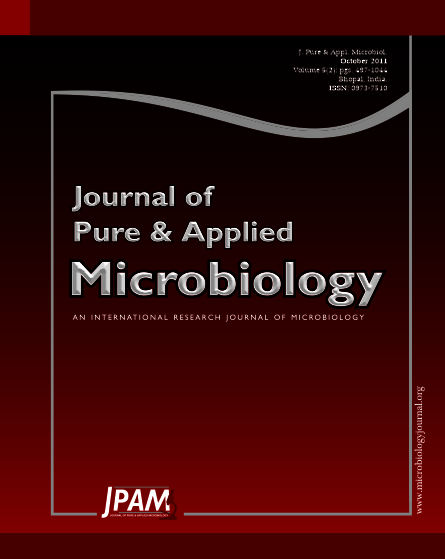Imipenem resistance is an emerging threat in nosocomial infections caused by Pseudomonas aeruginosa. Imipenem resistant Pseudomonas aeruginosa (IR-PA) with a increased mortality and morbidity worsen the situation by virtue of their multi-drug resistance and thus limit therapeutic options. Very limited data available on IR-PA nosocomial infections and associated predisposing risk factors necessitated the present study. Of the 523 patients presenting with P. aeruginosa, 110 isolates from nosocomial infections (as per CDC definitions) were analyzed by Kirby-Bauer’s disc diffusion method of antimicrobial susceptibility testing for the detection of IR-PA. Predisposing risk factors were analyzed by student “t” test, and “z” test for proportions, using SPSS for windows, version 13.0. Incidence of Imipenem resistant Pseudomonas aeruginosa infections was 21.82% with eight distinct antibiogram types circulating in the hospital. Overall mortality in P. aeruginosa infections was 13.63% (15/110). Increased mortality was observed in IR-PA than in IS-PA (33.3% Vs 8.14% P value=0.01 S) with a mean duration of stay in ICU till death of 3.16±0.98 days indicating the severity of the infections. Majority of deaths among IR-PA infections were due to VAP as an underlying disease. Previous Imipenem therapy was significantly associated with IR-PA infections (P value <0.001 HS) resulting in emergence and/or acquisition of IR-PA. Other predisposing risk factors were significantly associated with IR-PA infections. IR-PA infections results in significantly higher mortality than IS-PA. VAP is the underlying disease in majority of deaths due to IR-PA infections. Attributable mortality in IR-PA infections, is partially mediated by Imipenem resistance, severity of underlying disease, predisposing risk factors, Multidrug resistance and Pan drug resistance, making IR-PA isolate, a successful and difficult to treat pathogen. Patients in whom Imipenem is selected as antipseudomonal antibiotic, the potential for emergence of IR-PA strains should be anticipated, and in appropriate circumstance, routine culture and sensitivity should be performed to detect the emergence of IR-PA strains. These findings can be generalized to other tertiary care hospitals with similar conditions.
Imipenem resistant Pseudomonas aeruginosa (IR-PA), Imipenem sensitive Pseudomonas aeruginosa (IS-PA), Predisposing risk factors
© The Author(s) 2011. Open Access. This article is distributed under the terms of the Creative Commons Attribution 4.0 International License which permits unrestricted use, sharing, distribution, and reproduction in any medium, provided you give appropriate credit to the original author(s) and the source, provide a link to the Creative Commons license, and indicate if changes were made.


